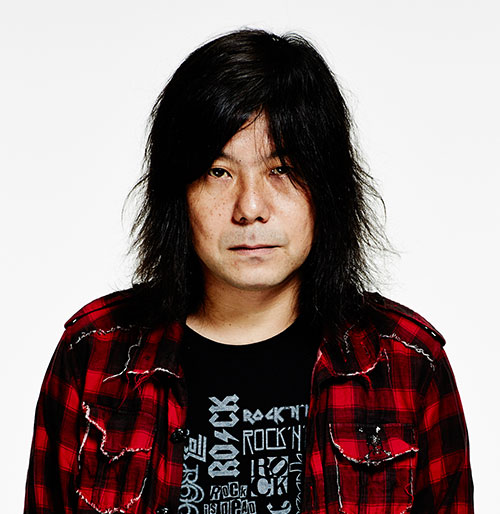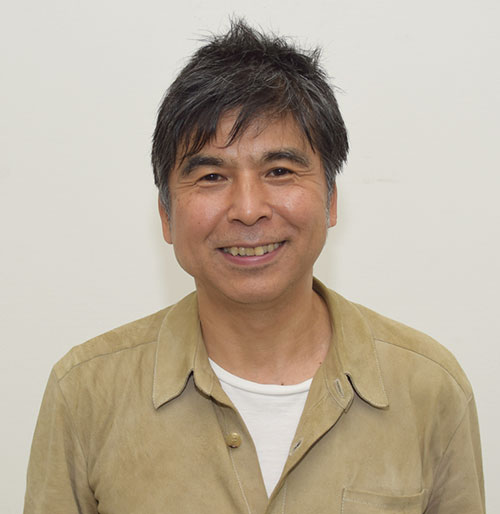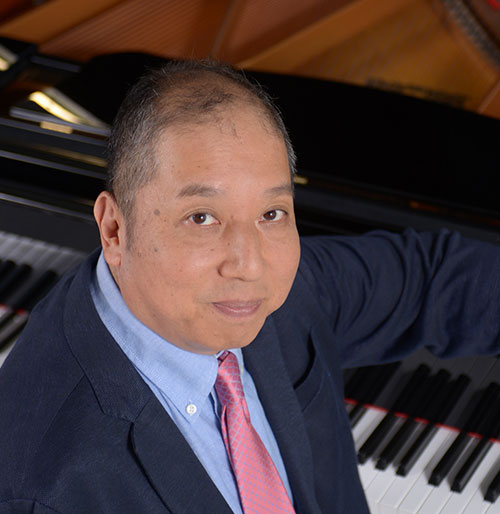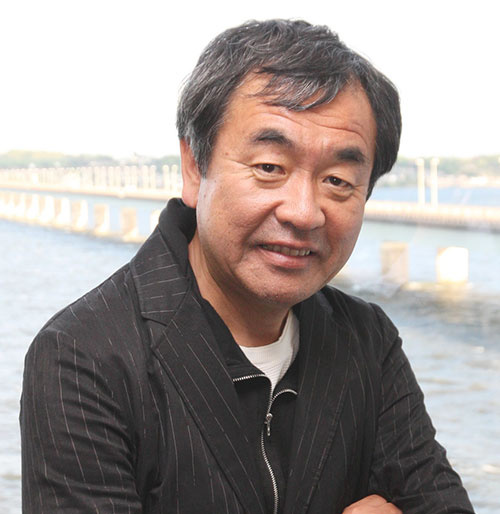
Kengo Kuma architect
PROFILE
Born 1954. Received his Master’s Degree in Architecture from the University of Tokyo. In 1990, Kuma established Kengo Kuma & Associates. Currently a professor at the University of Tokyo. In 1997, Kuma won the Architectural Institute of Japan Award for “Noh Stage in the Forest”. In 2010, he won the Mainichi Art Award for “Nezu Museum”. In 2011, he won the Minister of Education, Culture, Sports, Science and Technology’s Art Encouragement Prize for “Yusuhara Wooden Bridge Museum”.
Kuma's recent work includes the Suntory Museum of Art, the Asakusa Culture Tourist Information Center, Nagaoka City Hall Aore, Kabukiza Theatre, Toshima City Hall, Besançon Art Center and Cité de la Musique, and FRAC Marseille. He currently has projects underway in 16 countries.
His many writings include Chiisana Kenchiku (Small Architecture) (Iwanami Shoten), Shizen na Kenchiku (Iwanami Shoten), Kenchikuka Hashiru (Shinchosha), Boku no Basho (Daiwa Shobo), and Hiroba (Tankosha Publishing).








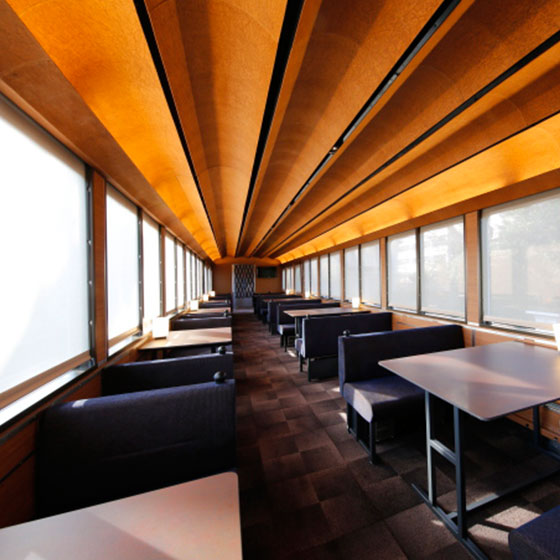
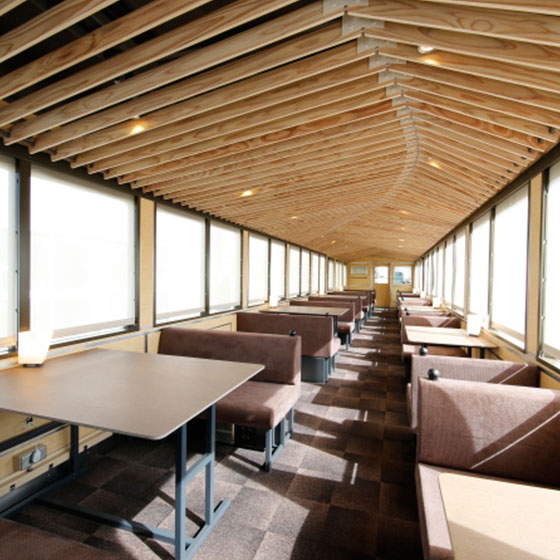
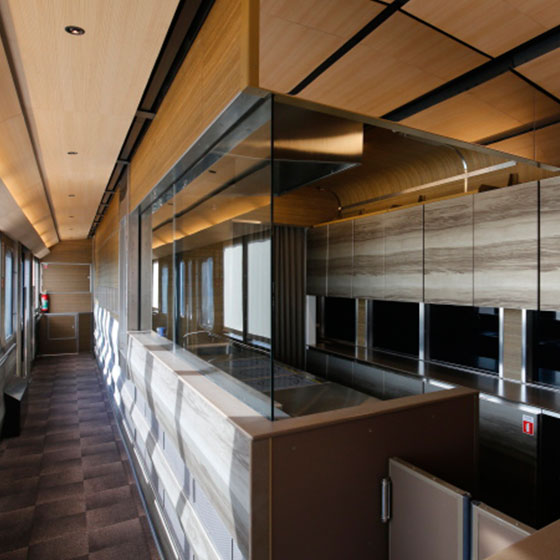
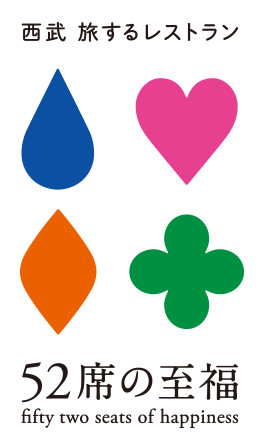 Beginning with the number “52,” this logo design renders the rich natural features of Chichibu, the prominent Seibu sightseeing location, as suits of playing cards. This achieves a usage of color that harmonizes with the train’s exterior.
Beginning with the number “52,” this logo design renders the rich natural features of Chichibu, the prominent Seibu sightseeing location, as suits of playing cards. This achieves a usage of color that harmonizes with the train’s exterior.